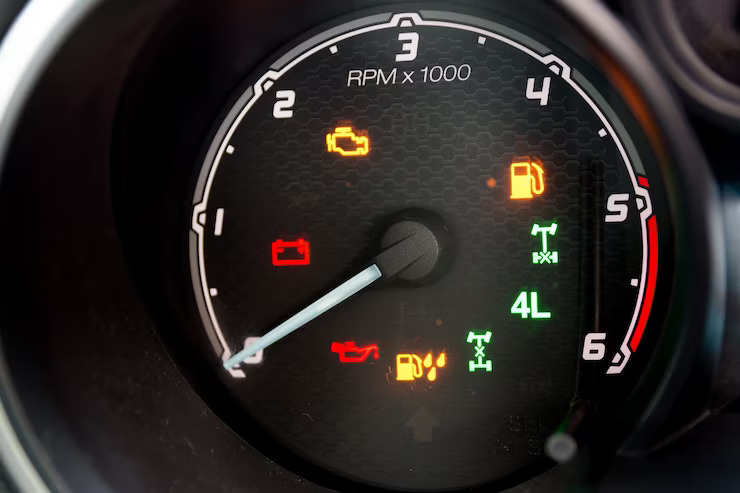Diesel engines have made significant advancements in reducing emissions, thanks in part to the implementation of Diesel Particulate Filters (DPF). The DPF is responsible for trapping and removing harmful particulate matter from the exhaust gases. Over time, these filters can become clogged, requiring a process called regeneration to burn off the accumulated soot. In some cases, a warning light associated with DPF regeneration may illuminate on the dashboard, indicating potential issues. In this article, we will provide troubleshooting tips for Diesel Particulate Filter Regeneration warning lights to help drivers diagnose and resolve problems effectively.
- Insufficient Driving: Insufficient driving, particularly short trips or frequent stop-and-go driving, can hinder the DPF regeneration process. The regeneration requires the exhaust gases to reach high temperatures for an extended period to burn off the soot buildup. If the engine does not reach the necessary temperatures consistently, the warning light may activate. To troubleshoot this issue, it is recommended to take the vehicle for a longer drive, preferably on highways or open roads, allowing the engine to reach and maintain higher temperatures for regeneration.
- Fuel Quality: Poor fuel quality, such as contaminated or low-quality diesel, can contribute to DPF issues. Low-quality fuel can contain additives or impurities that lead to increased soot production or hinder the regeneration process. Using high-quality diesel fuel from reputable sources can help prevent such issues. If poor fuel quality is suspected, consider draining and refilling the fuel tank with fresh, clean diesel fuel.
- Faulty Sensors: The DPF regeneration process relies on various sensors to monitor the temperature, pressure, and condition of the filter. If one of these sensors malfunctions or fails, it can trigger the warning light. Inspecting the sensors for any physical damage, loose connections, or corrosion is an important step in troubleshooting. If a faulty sensor is identified, it may need to be replaced to restore proper operation.
- Clogged DPF: If the DPF becomes excessively clogged with soot and cannot regenerate properly, it can trigger the warning light. In such cases, professional intervention may be required. Some garages or dealerships have specialized equipment that can clean or even replace the DPF if necessary. Regular maintenance, such as periodic DPF cleaning, can help prevent severe clogging and ensure optimal filter performance.
- Engine Issues: Certain engine-related problems, such as faulty fuel injectors, malfunctioning EGR (Exhaust Gas Recirculation) valves, or engine oil leaks, can contribute to DPF regeneration difficulties. These issues can affect the combustion process or introduce contaminants into the exhaust gases, leading to soot accumulation and warning light activation. If engine-related problems are suspected, it is advisable to consult with a qualified technician for a thorough diagnosis and appropriate repairs.
It is crucial to address Diesel Particulate Filter Regeneration warning lights promptly to ensure the proper operation and longevity of the DPF. Regular maintenance, including following recommended driving patterns and using high-quality fuel, can help prevent many issues. However, if the warning light persists or if you are uncertain about the necessary repairs, seeking assistance from a professional technician is recommended. They can utilize specialized diagnostic tools and their expertise to accurately diagnose and resolve the problem, ensuring the DPF functions optimally.
Troubleshooting Diesel Particulate Filter Regeneration warning lights requires a systematic approach. By understanding the potential causes and implementing the suggested troubleshooting tips, drivers can diagnose and resolve issues associated with the DPF regeneration process. Remember to consult the vehicle’s manual or seek assistance from a qualified technician for specific guidance on your vehicle’s make and model.











